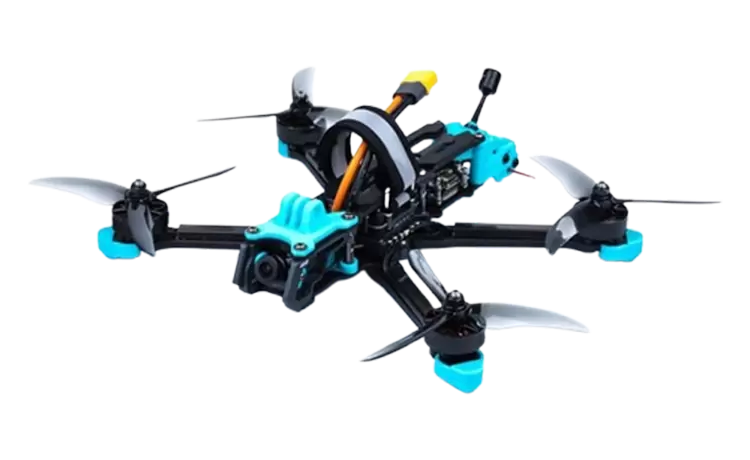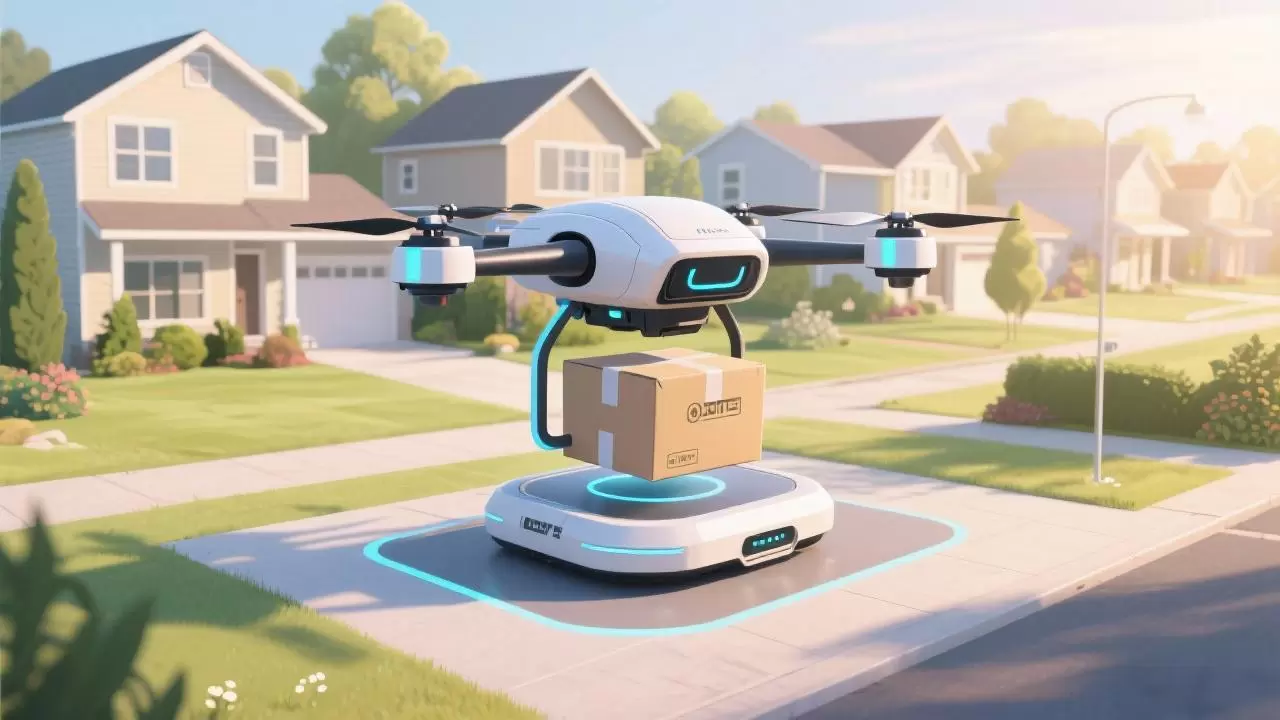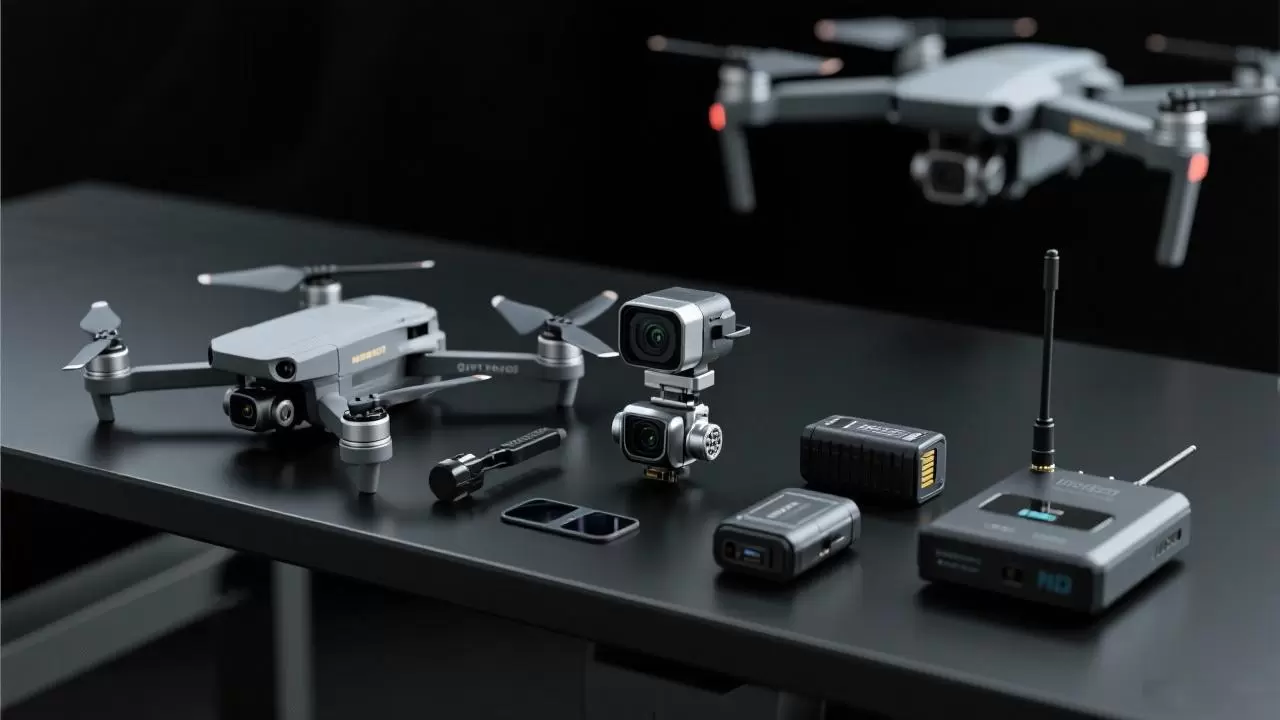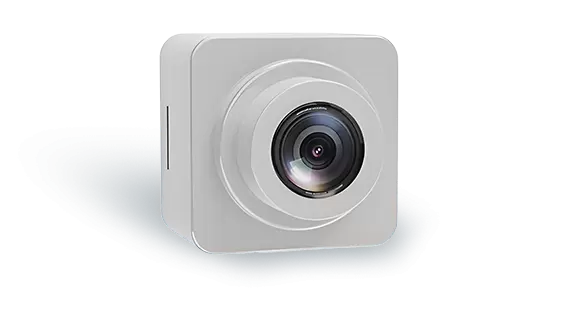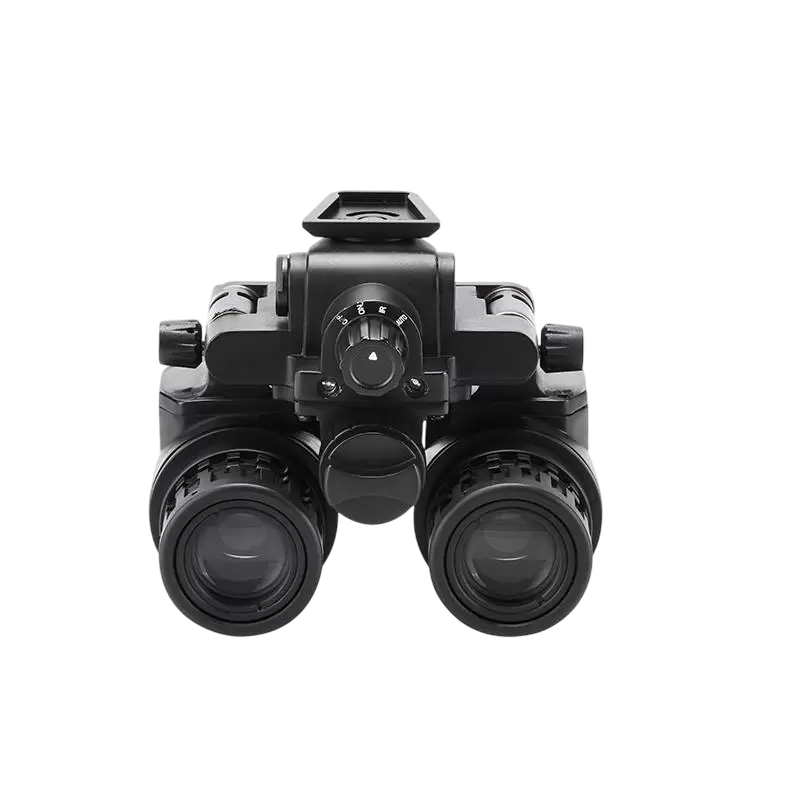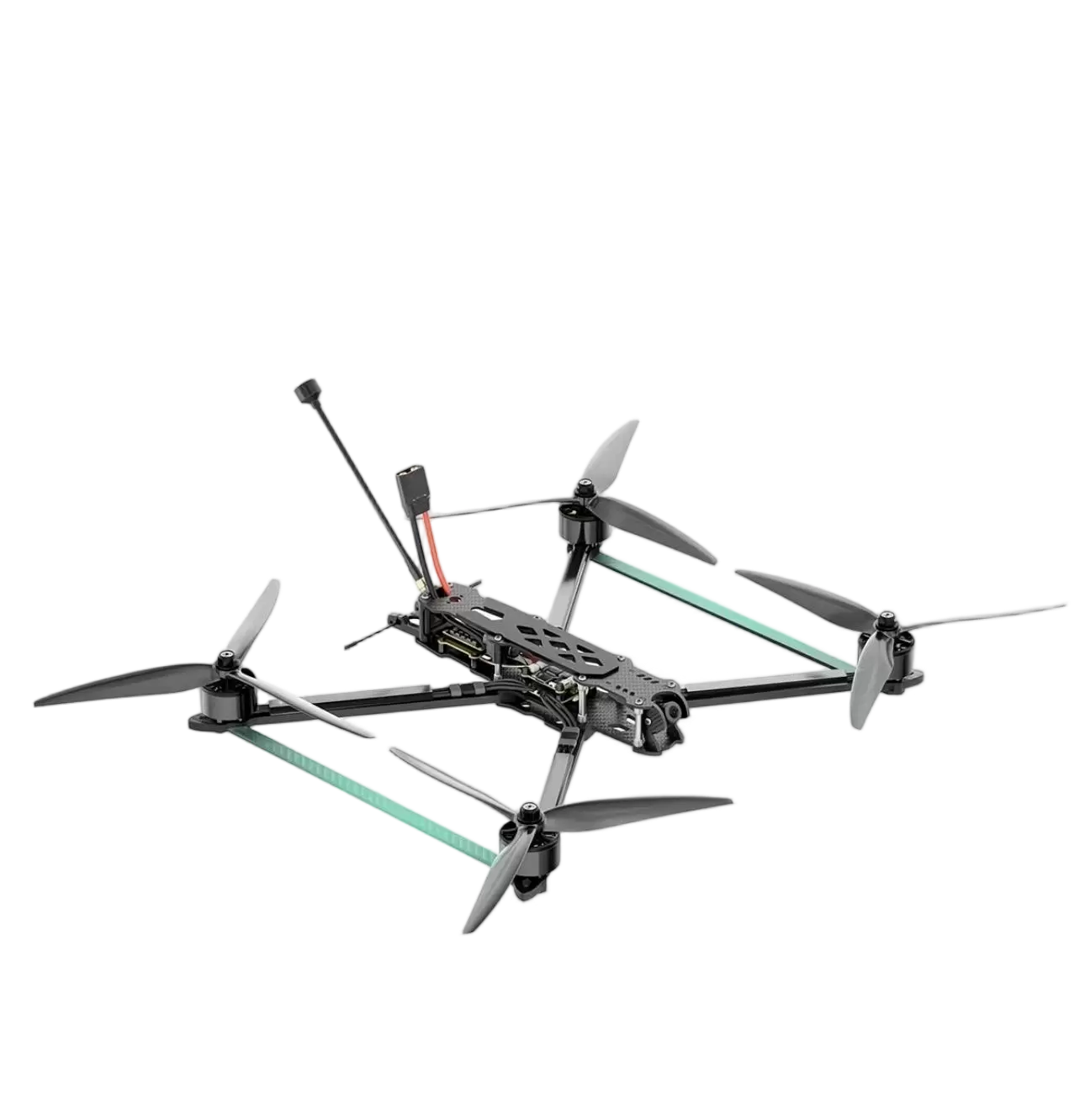Let's be real – everything from streaming to smart farms needs a solid internet connection. And that all comes down to fiber optic cables. But when it comes to laying that fiber across tricky spots like mountains, rivers, or busy highways, traditional crews face a slow, expensive, and often dangerous job. That’s where fiber-carrying drones come in. This isn’t sci-fi anymore; it’s happening right now.So how does it actually work?Picture this: a heavy-duty drone, built like a workhorse, carries a compact spool of lightweight fiber. A technician on the ground plots the course, and the drone takes off, flying the exact route – whether that’s stringing cable between existing poles or soaring straight over obstacles you can’t easily cross on foot. It’s precise, and it can cover distances up to 40km in a single go.Why are companies so excited about this?
- •It saves weeks in rough terrain: Think about laying fiber over a forest or a mountain range. Instead of cutting paths and hauling equipment, the drone just flies over it. What used to take months now takes days.
- •It keeps people safe: No more sending crews to work near live power lines or across busy highways. The drone handles the risky stuff.
- •It’s a game-changer for emergencies: When a storm knocks out communications, these drones can be in the air fast, dropping a temporary fiber line to restore critical links for rescue teams – long before trucks can even get there.
This is more than just a cool gadget – it’s changing how we build our networks. Faster, safer, and smarter. For remote towns and tough landscapes, that might finally mean getting everyone connected. Not bad for a day’s work… for a drone.






